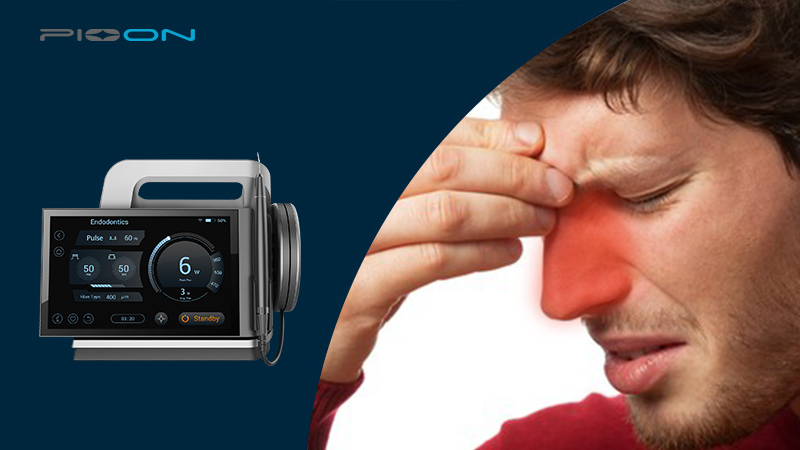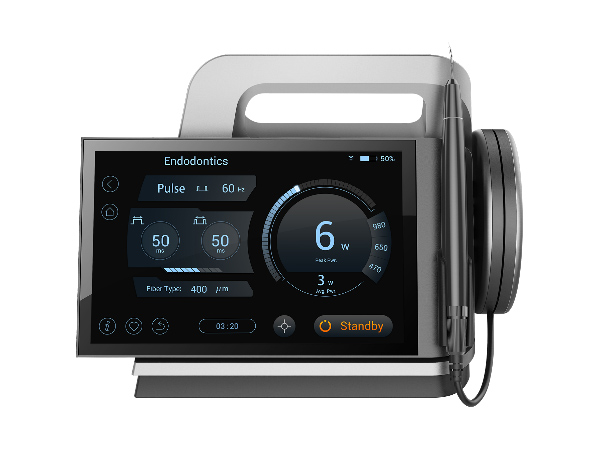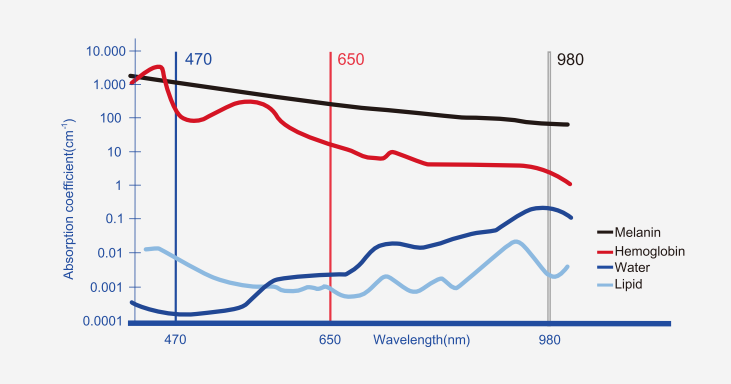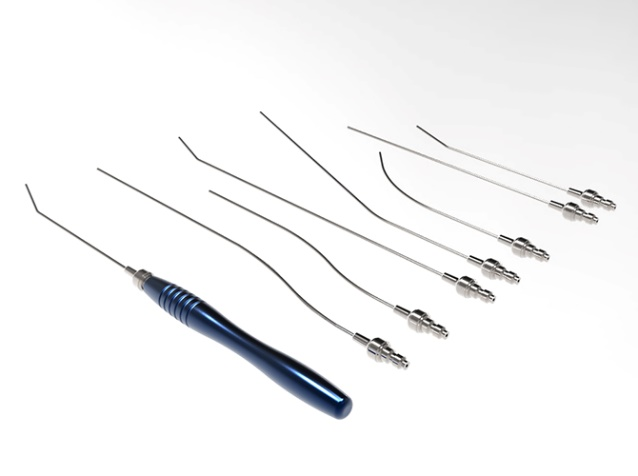
Despite the improvements in endoscopic sinus surgery (ESS) and biological therapy, there are still many drawbacks. In 1982, nasal laser surgery was first introduced and showed promising results. However, due to the lack of proper laser beam direction, it fell out of favor.
Nowadays, with advancements in technology, nasal laser surgery is becoming a treatment option again. Laser is an acronym for light amplification by stimulated emission of radiation, which can describe both the light beam and the device used.
Common clinical nasal treatments include turbinate reduction (for hyperplasia of turbinates)、septoplasty、 removal of nasal obstructions (e.g. stenosis)、recurrent polyposis nasi & sinuum、synechiae、rhinophyma、 cheloids and hypertrophic scars.
Chronic rhinosinusitis with nasal polyps has been present in ancient texts for almost 4,000 years but remains a pathology that is not completely understood and does not have a definitive treatment option. Intranasal corticosteroids and ESS are currently the most commonly used treatments, but the high recurrence rate due to the atopic origin of most nasal polyp cases remains a challenge. Type 2 CRS endotypes, which are based on eosinophil activity, have been shown to be the most common cause of nasal polyposis, and almost 80% of these cases have a high degree of recurrence due to ongoing immunological processes.
Specifically, the treatment process of diode laser mainly involves the irradiation of the treatment area to achieve the therapeutic purpose. During the treatment, the laser generates energy, which can be absorbed by tissues, producing thermal and photochemical effects. The thermal effect can elevate the temperature of the treatment area by the laser energy, thereby promoting blood circulation and metabolism. The photochemical effect changes the speed and direction of chemical reactions inside the tissue by the laser energy, thus achieving tissue repair and regeneration[1].
We offer the appropriate wavelength depending the field of application: S1-C10 model with excellent prospects for blue light laser treatment.

Why choose S1-C10 blue light therapy for nasal polyps? All infrared laser (i.e. 810/980nm) can't avoid the procedure of activating the fiber tip at the first step, however, benefited from the extraordinary absorption rate of blue wavelength in hemoglobin, tissue absorbs the energy at a non-contact mode. It is the 450nm blue wavelength itself who directly interacts with the tissue, rather than the heat effect delivered through the activated fiber tip, this new blue wavelength represents an innovative extension to the already established diode laser systems, redefining what truly diode laser is.

The common preset protocol for treating nasal polyps and rhinitis in ENT involves using the PULSE mode, setting the power to 8W and the average power to 6.4W. The following figure shows the commonly used handles in ENT, and the specific choice should depend on the patient's condition.

References:
[1]Steven, Mark, Eugenia, et al. Current Concepts of Laser–Oral Tissue Interaction[J]. Special Issue "Lasers in Dentistry: Hard and Soft Tissues" of Dentistry Journal, 2020.